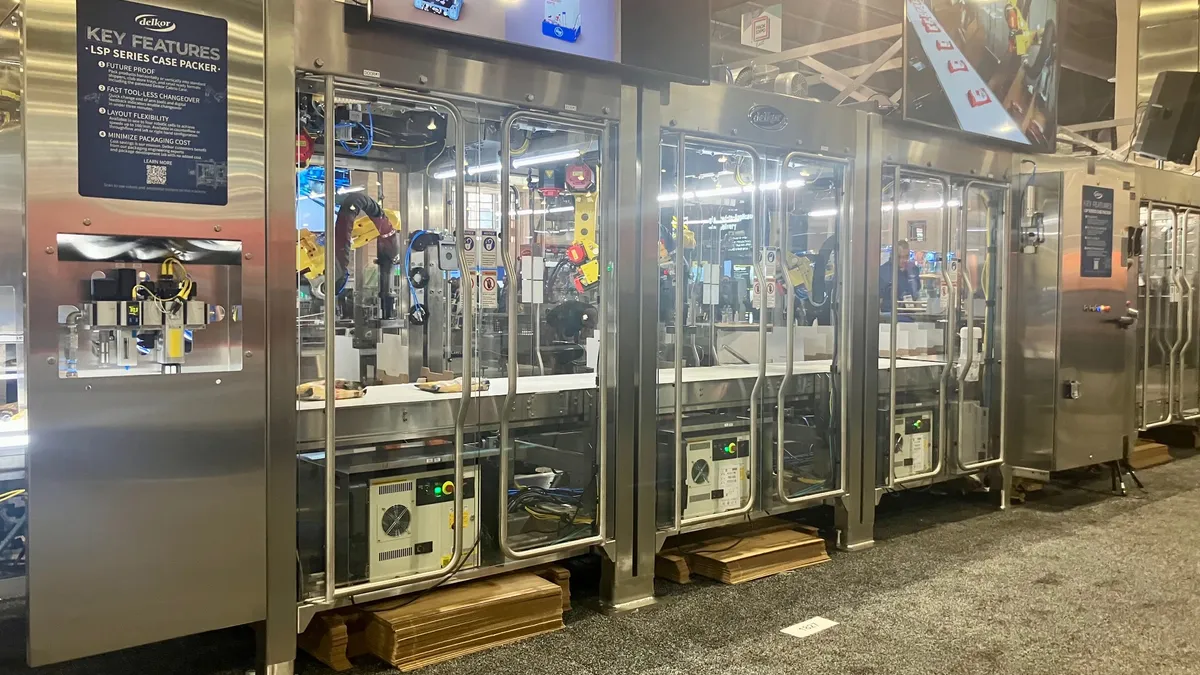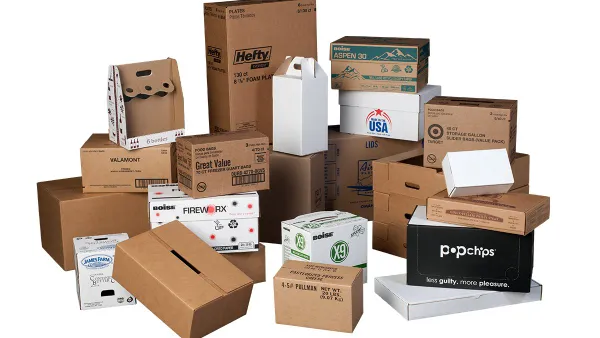Ongoing challenges in manufacturing and the packaging industry demand novel solutions to help fill labor gaps — opportunities that speakers highlighted at Pack Expo East.
According to data shared in a presentation by employment agency Skillwork, which promotes augmenting workforces with skilled workers in a model akin to travel nursing, the current manufacturing labor shortage in the U.S. is 10 million people, 2 million of which is in skilled trades. That shortage is projected to grow to more than 3 million people by 2028.
It’s not a new idea that robots and cobots could help, but “the capabilities have become so much better,” said Tom Egan, vice president of industry services for PMMI, sharing in an interview the example of improvements in end-of-arm tooling. Industry skills shortages have also driven the adoption of remote services, said George Blunt, consulting analyst at Interact Analysis, in a separate presentation at Pack Expo East.
According to the Association for Advancing Automation, while North American robot sales declined in 2023 from records levels in 2021 and 2022, orders were nearly evenly split between automotive and non-automotive companies, the latter of which accounted for 15,436 robots sold. The organization attributed the slowdown to higher interest rates, a “slow” U.S. economy and “the over purchasing” of robots in 2022. But momentum continues in metals, plastics and rubber, and other sectors.
Advancements in robots are making them more collaborative, vision-based and suited for food-grade and highly sanitary applications, according to a presentation from Rick Gessler, vice president of engineering at robotic packaging machinery manufacturer Delkor Systems.
“My favorite line is: Robots don't get COVID,” Gessler said. “Robots are happy to put in 24-hour shifts, they're happy to do the heavy work for you ... repetitive motion is what they crave.”
As retailers evolve their packaging, robots need to be able to adapt to changes. More creative leasing options are also emerging, in addition to “robots as a service,” Gessler explained.
Companies interested in adopting robots, with applications from cartoning to case packing, may still have a hard time with upfront cost justification, but potential cost savings on packaging materials could help. For example, Delkor has found that companies can see up to 40% savings in corrugated materials when automated case forming and case sealing are in play.
In discussing a period of record-high job openings in manufacturing, Wes Garrett, executive director of global accounts for Fanuc America Corp., a products and services company supporting industrial robotics and factory automation, noted there are also currently many first-time adopters of automation. Solutions include both custom and standard technologies, the latter of which can be implemented quickly and scaled easily, Garrett said in a presentation highlighting benefits.
“The great thing is ... most of the low-hanging fruit can be handled with a standard solution,” he said, discussing labeling pallets or products as one opportunity, and noting palletizing as another example. Such technology can help decrease the rate of damaged goods, like produce, that get dropped and bruised. Reducing the risk of repetitive task injuries can also translate to savings on workers compensation.
Existing employees may have the opportunity to become robot operators. And some vendors offer augmented reality-based training for using that technology, Egan noted. Looking ahead in automation, Egan expects more AI capabilities in the production environment. “We haven't seen nearly the degree that I think you'll see that going into the future,” he said, also predicting more machine versatility.















